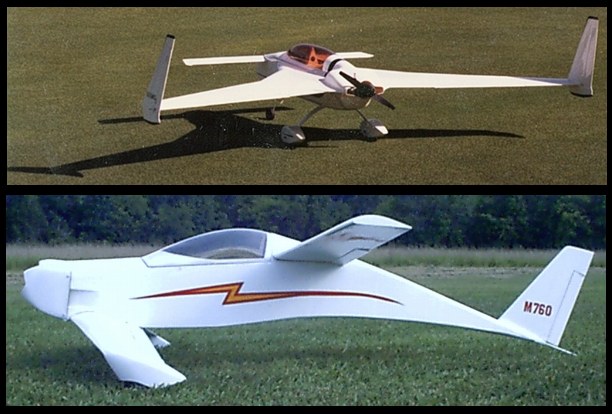Wouldn't a triplane be much more efficient than a monoplane of same wing area?
In strictly forward flight probably, but what are you looking to gain?
You could make the mono wing have a higher aspect ratio and gain the same efficiency, all while being able to use a normal tail stabilizer and predictable flight dynamics.
There's only 2 disadvantages going this route. First the aircraft won't have as fast of a roll response because of the long wing span. Second the long wingspan may be harder to store depending on your ground operations.
But maybe you want to build an efficient aircraft that could land on public roads. So you need the wing span as short as possible while still being efficient, would your idea work?
Probably, but not without it's drawbacks. First how will you pitch stabilize it? If you use a conventional tail, you need to take your "2 cord" rule into effect for this "4th" wing. (I'm assuming for now that the 2 cord distance is correct, but I'll put my own thoughts in on this later).
Mono planes generate lift from 1 spot, pretty easy to predict where (where the wing is) and placing that wing just behind the center of gravity means the stabilizer tail doesn't have to produce much down force to keep the plane in stable flight.
However your center of lift will be moving depending if your the wind hits one of your wings in a different way than the others. You will also have to consider how you're going to make the lift of all 3 wings equal roughly the center of gravity.
Anything off of this mark and would have to provide enough down force to compensate, reducing efficiency.
Now my thoughts on if 2 cords apart is enough for a wing. It probably is in forward flight, but fluid dynamics are hard to predict and when that aircraft starts pitching up and down and the vortexes each wing generate get aimed in different directions your wings will interfere with each-other.
Take a look at the quickie aircraft. It was a "bi-plane" design similar to what you propose. Notice how the wings are not only far apart, but also on separate vertical levels. This is to help dampen pitch response, and give the wings more breathing room in non level flight.
Using this idea for a 3 wing aircraft seems even more difficult, as the more vertical distance your wings take up the less pitch authority you have. A little bit of dampening is okay, but too much and you can't pitch the aircraft.
You'll also notice the quickie doesn't use a normal tail stabilizer (because of the problems discussed above). So differing lift coefficients between the wings are used, but that does make the aircraft harder to fly in general.
Anyway if you're really interested in this idea I'd recommend checking out the quickie project and learning what challenges/breakthroughs they faced/made.


